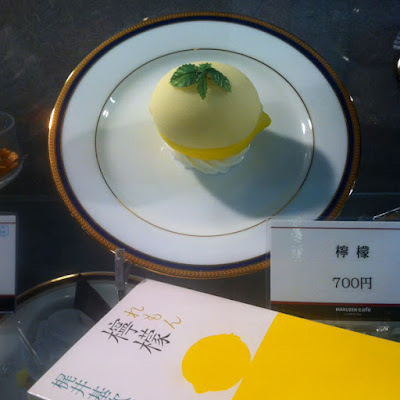And we have reached the end of the Applied Kasuri I course. This week we attempted Shifting Kasuri. After binding and dyeing the warp the loom was set one more time. We used a Kasuri shifter that is fastened to the back of the loom for the purpose of shifting warp sections desired lengths, always in the same direction. And as per usual after agonizing to get everything to line up perfectly once we started weaving the whole thing just shifted a little more and then a little more and by the end of the piece it all just looked like a big mess. You can till see the arrow shapes but they are just really crazy looking. But I guess that is the beauty of Kasuri, the way it moves and blurs and ends up looking a little chaotic sometimes.
The rice keeps growing.
This weekend there were 2 markets on. On saturday the market was held at the Kitano-Tenmangu Shrine. It was more of a second hand market selling lots of cheap kimonos and fabrics as well as slightly overpriced vintage and antique objects and odd things like live pet beetles. I liked the market but was more impressed by the crazy foods and tried these ball shaped pancaky things with bits of octopus inside as well as a black sesame soft serve to add to the list of great flavours. Today´s market was at the Kamigano-jinja Shrine. It was a large craft market held on the shrine gardens with a small creek running beside it, lovely venue and lots of nice things to buy. I could not resist buying a pair of Pokkuri. First I chose the sole and then the straps and then waited and watched as they were carefully and artfully prepared. Then I tried them on and they were perfectly adjusted to fit my foot. I love them.
Other weekend activities included buying some needles from the 400 year old needle shop, Misuyabari. I also visited Maruzen, a bookshop famous for featuring in a short story by Kajii Motojiro from 1925 titled "Lemon". You can buy many things lemon at the store these days including a pretty lemon cake. I just photographed it, didn´t really feel like eating. I managed to spend a lot of money on stationery items instead and on a book by Yukio Mishima, titled "The Temple of the Golden Pavilion", which is loosely based on a true story of a novice monk that supposedly suffering from persecution complex and schizophrenia, decides to burn Kinkaku-ji Temple to the ground for being too beautiful. He plans to kill himself in the fire but at the last minute is incapable of staying with the flames and runs to a hill behind the temple and there attempts and fails suicide and so gives himself in to the authorities. He is sentenced to jail for 7 years but is released due to his mental illness and dies 5 years later from tuberculosis. The fire happened in 1950 and the Temple was rebuilt also 5 years later and restored to its former glory, covered with even more of the gold leaf that gives it its name. It is still on my list of Temples to visit.
It is interesting that this young monk burnt the Temple down for it being too beautiful. Japan is a very naturally beautiful place but one cannot forget that is it also highly manicured, as are perhaps the behaviours of people. There is an inherent spirituality and beauty of this place, that you feel in the water, the rocks and the trees and smell in the very wood that the temples are made from. Even the wind seems magic here, you notice the smallest of things as signs from above that make it easy for you to feel connected to something that is a little more than just you. And it is these very things, that I am loving for not feeling them where I have come from. But somewhere something got lost. It is this very simplicity, beauty and strictness, that apply to every aspect of this culture from the tea ceremony to the flower arrangements and garden design, that have suffocated younger generations wanting to break free from "the forms and disciplines of the Zen Buddhist way of life"* that have led to the loss of value of the spiritual awakening of the individual in his search for enlightenment. I guess it is all about about finding the right balance. I am certainly feeling all these things applied to my learning of Kasuri.
* The Temple of the Golden Pavillion", Yukio Mishima, translated by by Ivan Morris, from the introduction by Nancy Wilson Ross, fist published 1956

























































